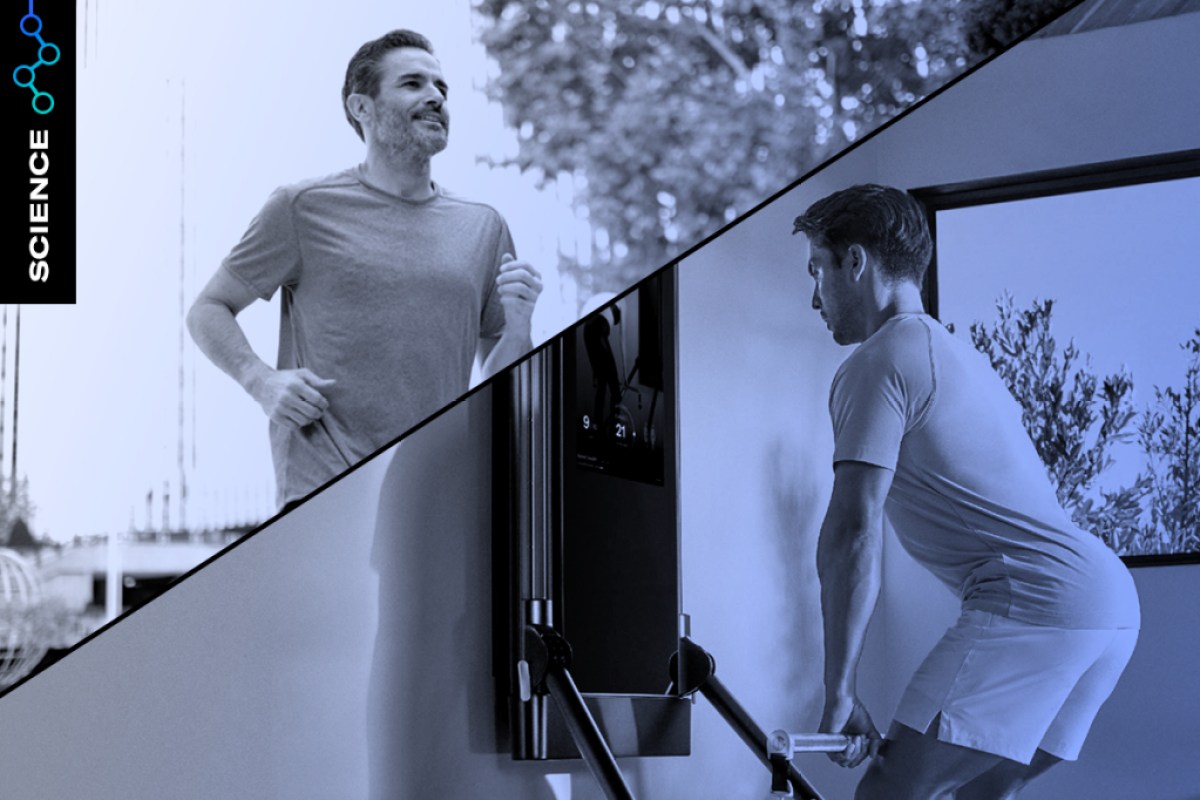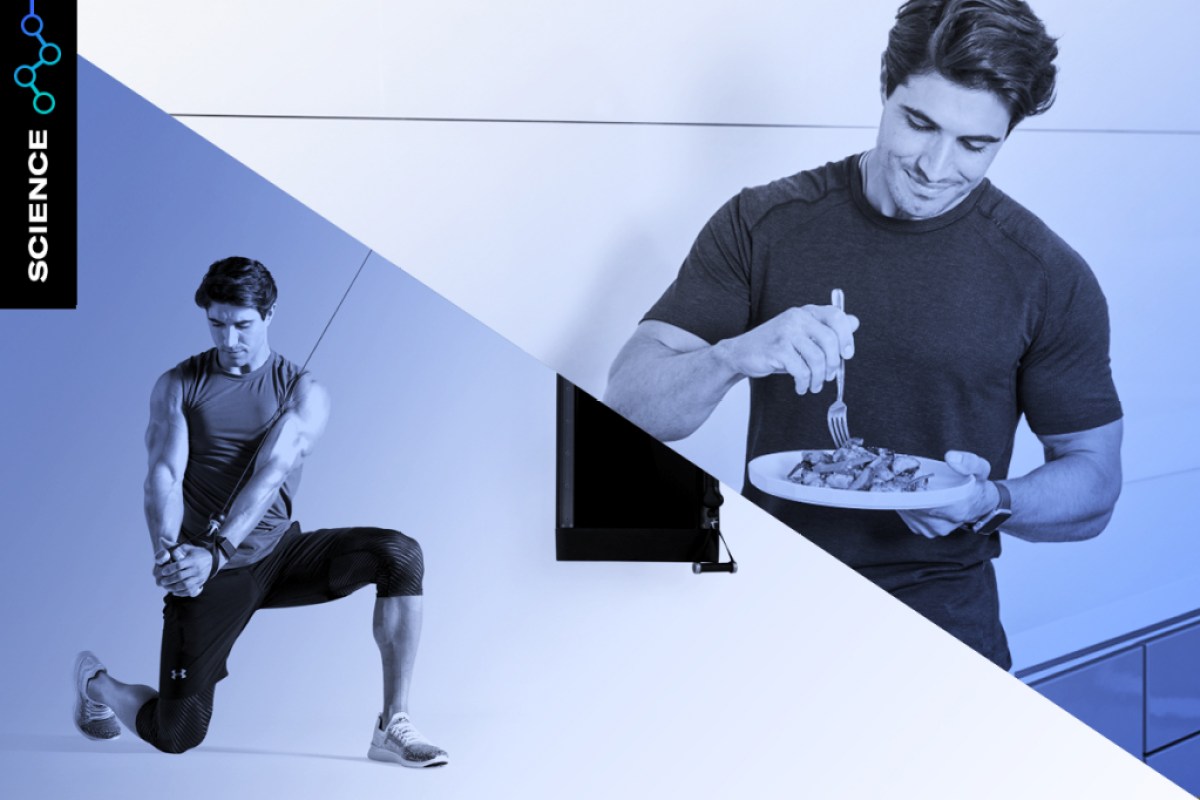A recent study explores how high-intensity interval training affects heart rate variability and resting heart rate, two metrics of overall cardiovascular and nervous system health.

- A new study finds high-intensity interval training can improve heart rate variability (HRV) and resting heart rate (RHR), two metrics of overall cardiovascular and nervous system health.
- HRV and RHR are key indicators for recovery and readiness on a day-to-day basis.
- Performing HIIT intervals trains the nervous system to better navigate life stressors more effectively.

When you want to keep stress levels low, you may actually want to crank the intensity of your workouts up high. New research published in the Journal of Exercise Science and Fitness found that performing HIIT intervals improved heart rate variability (HRV)—the variance of time between each heartbeat—and resting heart rate (RHR), two key measures of how well the body can respond to and recover from everyday stressors.
In the study, 22 participants performed 10-minute, total-body HIIT interval workouts three times a week for six weeks. The workout included alternating all-out efforts of bodyweight exercises (think: burpees, mountain climbers, jumping jacks, and squats) with recovery periods of light jogging. At the end of the six weeks, the athletes increased their HRV and lowered their resting heart rates.
The use of bodyweight exercises over cardio workouts like cycling or running is significant here, as this finding suggests you can get similar benefits from your resistance training workouts, during spurts of HIIT within a workout like Power HIIT workouts on Tonal.
HRV “can tell you if your sympathetic nervous system is highly stimulated (‘fight or flight’) or parasympathetic nervous system is in control (‘rest and digest’),” explains Pui Lok Choi, PhD candidate and Certified Strength and Conditioning Specialist based in Riverside, California who regularly uses HRV when training athletes. “You need both systems to balance the ebb and flow of everyday life, but normally a higher HRV will indicate more parasympathetic activity, which can improve recovery and readiness for your next workout.”
That means incorporating HIIT will not only help you recover faster and reduce your reactivity to stress, but it could also lead to long-term benefits for cardiovascular health. A lower resting HR is a signal of efficient heart function and strength–when your resting HR is lower, the heart can beat with more power in each beat to get the same amount of blood throughout the body, Choi explains.
While this study was small with only 22 young adult participants, previous research supports the effects of HIIT on resting HR and HRV in people who are physically inactive, athletes, older adults, and people with type 2 diabetes and coronary artery disease.
The spike in heart rate you feel during your workouts may be exactly what your nervous system needs to calm down. By incorporating HIIT into your routine, you may find yourself better prepared to face life’s other challenges.


